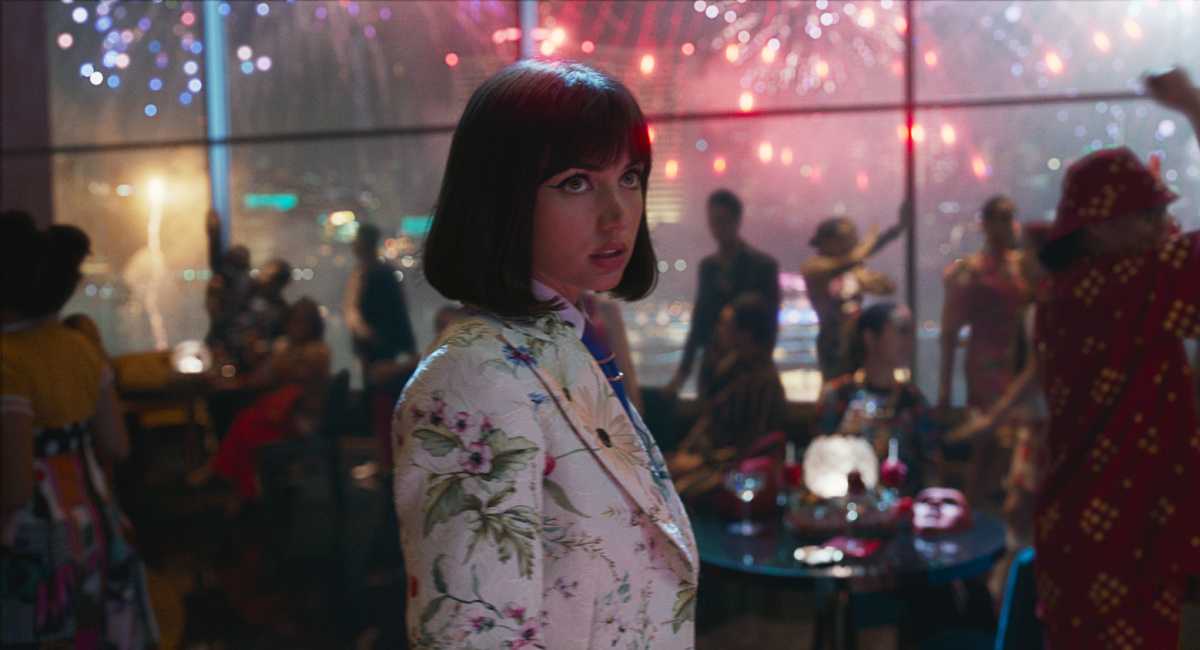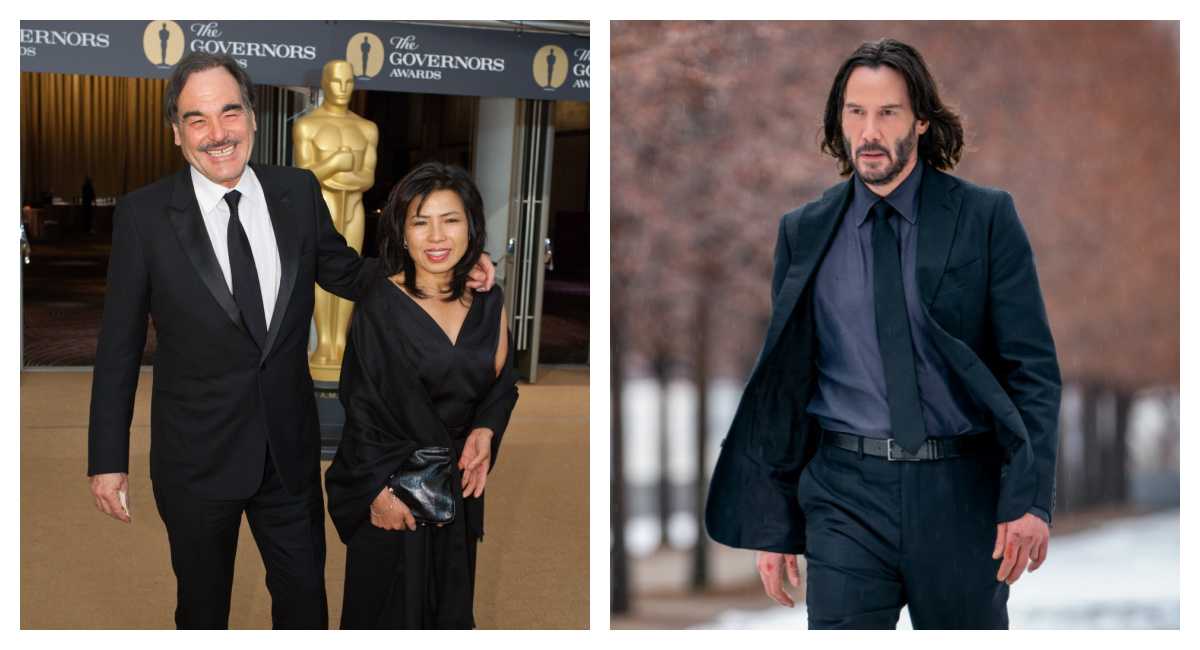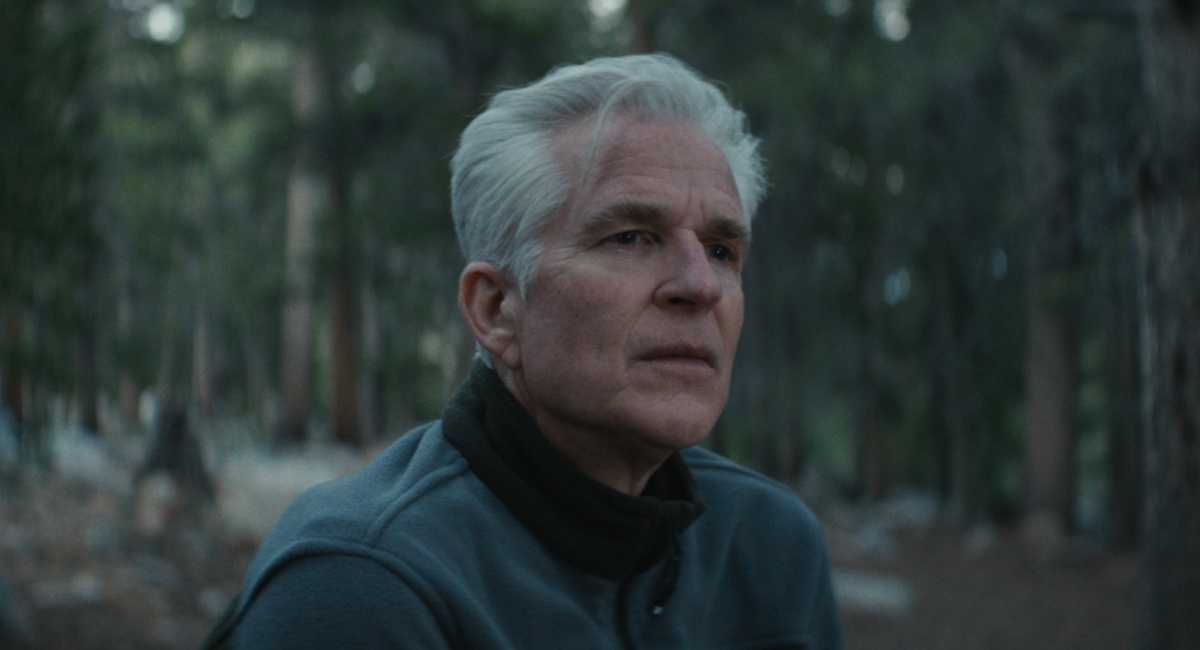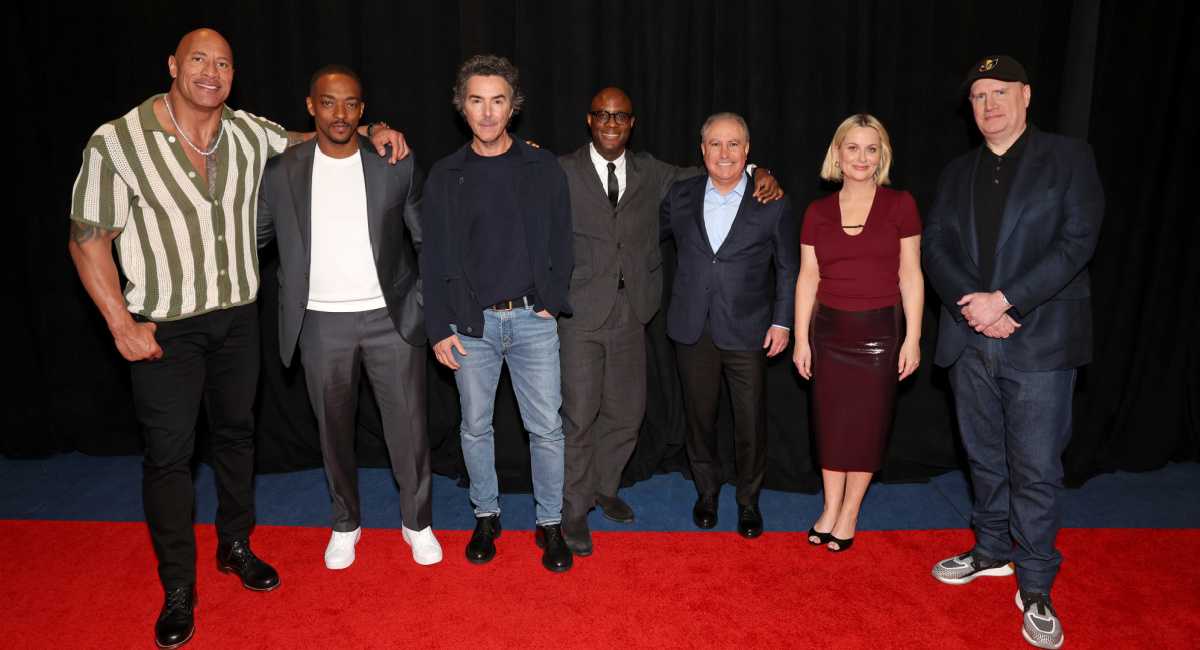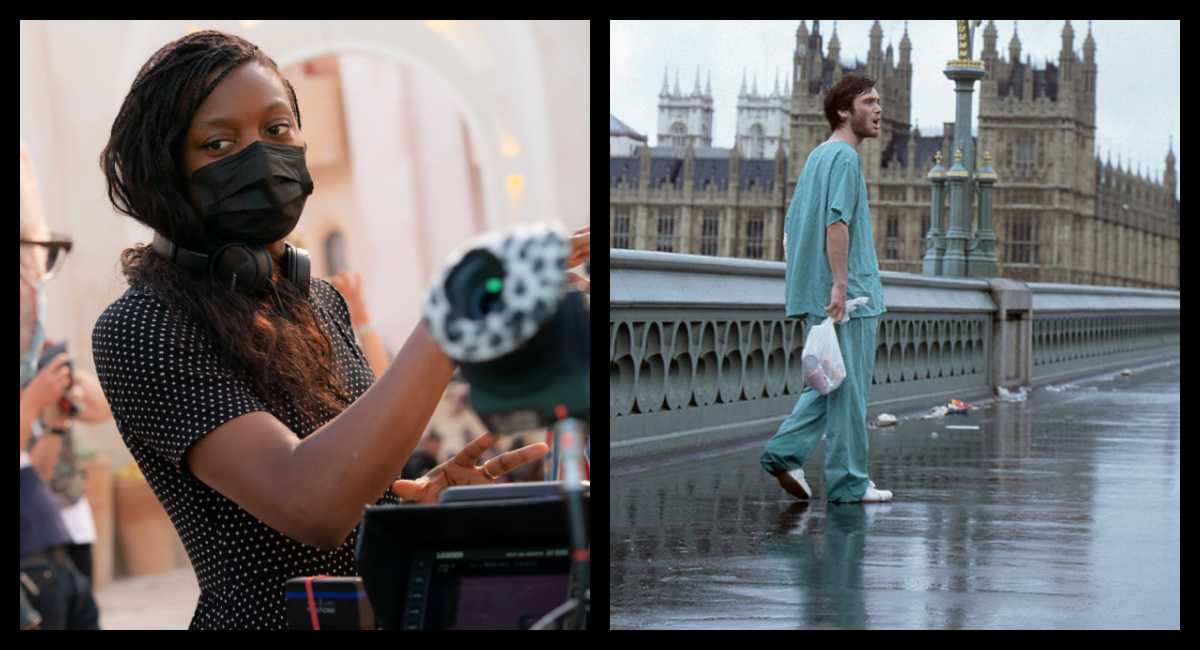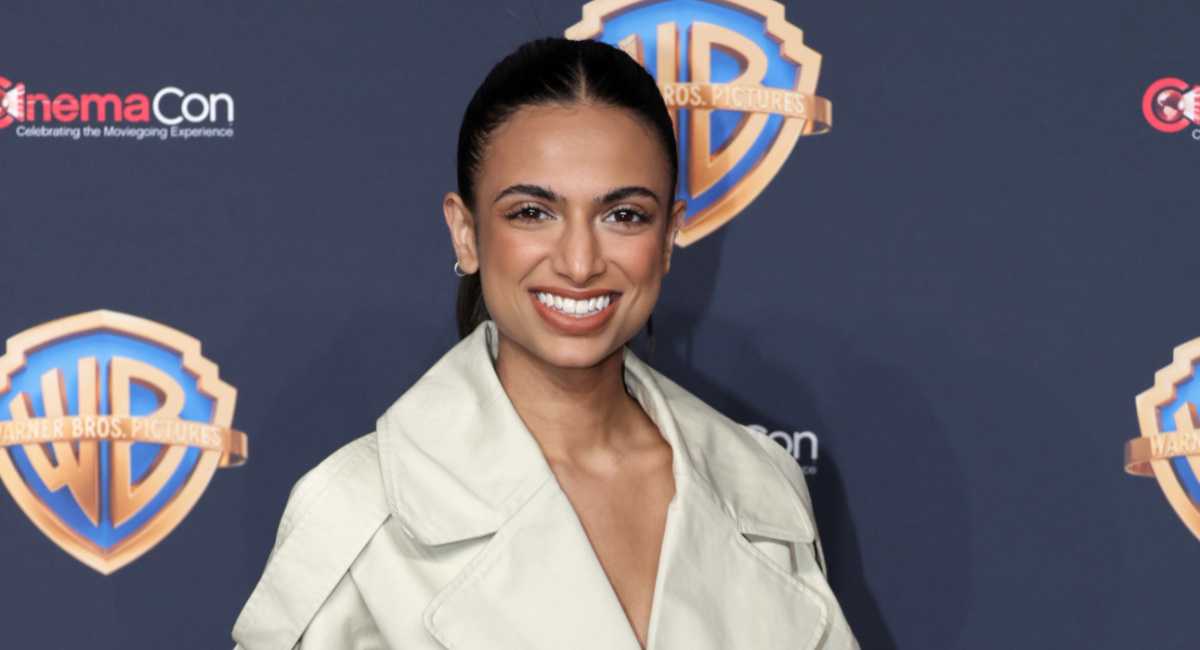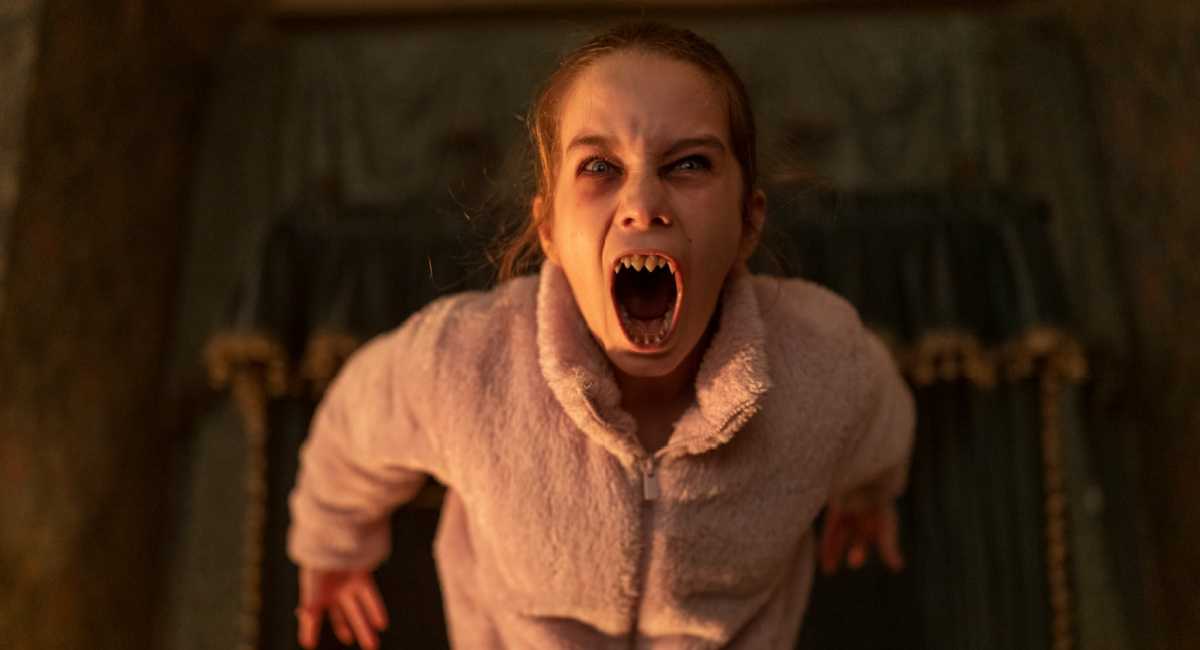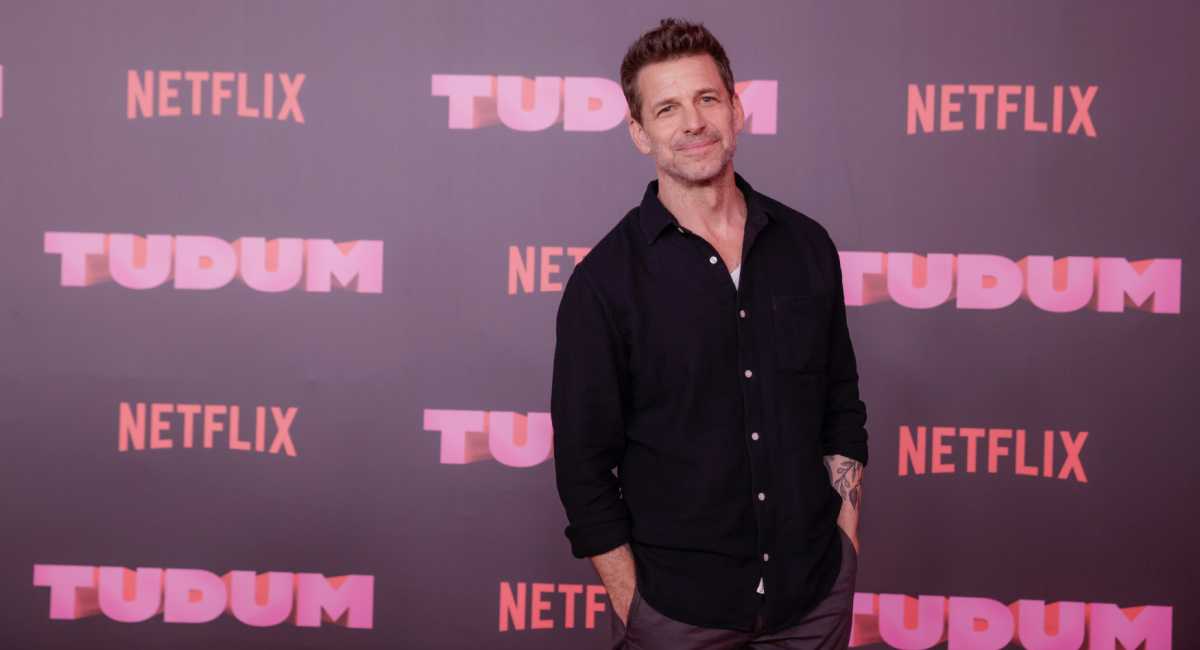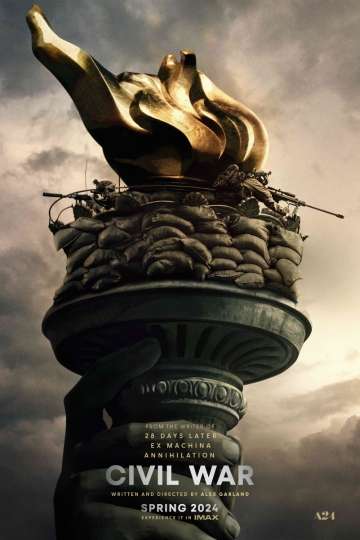11 Things You Never Knew About 'Speed' on its 25th Anniversary
"Speed" is now 25 years old. And just like stars Keanu Reeves and Sandra Bullock, this classic action movie doesn't show its age one bit. That's the power of a strong, simple premise. Celebrate this movie milestone by learnign more about the making of "Speed."
1. "Speed" can thanks its existence (at least in part) to legendary director Akira Kurosawa. Kurosawa wrote the screenplay for 1985's "Runaway Train," the plot of which inspired Graham Yost to write "Speed."
2. Yost originally titled his screenplay "Minimum Speed," but decided to cut the adjective.
3.Quentin Tarantino was among the directors approached. Though he turned it down, Tarantino later included "Speed" in a list of the best films released since the 1992 debut of "Reservoir Dogs."
4. The film's snappy dialogue can be credited to Joss Whedon, who performed an uncredited, last-minute rewrite and focused specifically on making Jack Traven's lines better fit actor Keanu Reeves. Early (and now highly sought-after) posters feature a writing credit for Whedon.
5.Stephen Baldwin was originally offered the Jack Traven role, but turned it down after complaining the character (pre-Whedon rewrite) was too similar to "Die Hard" protagonist John McClane.
6. Both Halle Berry and Ellen DeGeneres were considered to play Annie Porter before Sandra Bullock was cast.
7. There's a reason Annie is so adept at driving the runaway bus. Originally the screenplay revealed her backstory as an ambulance driver.
8. Studio executives were aghast at Reeves' decision to cut his hair in a close-cropped, blue collar fashion, fearing it would hurt the movie's marketability.
9. The film went over-budget, to the point where a test screening had to rely on storyboard animatics for the subway sequence. Fortunately, the audience's response convinced Fox to hand over more money to finish the film.
10. The climax of the film was originally supposed to take place in Dodgers Stadium, but the setting shifted to LAX when the production couldn't secure the rights to film at the stadium.
11. A total of 14 buses were used for production, with different buses designated for interior shots, undercarriage shots and high-speed scenes. Two buses were designated solely for explosion shots.





